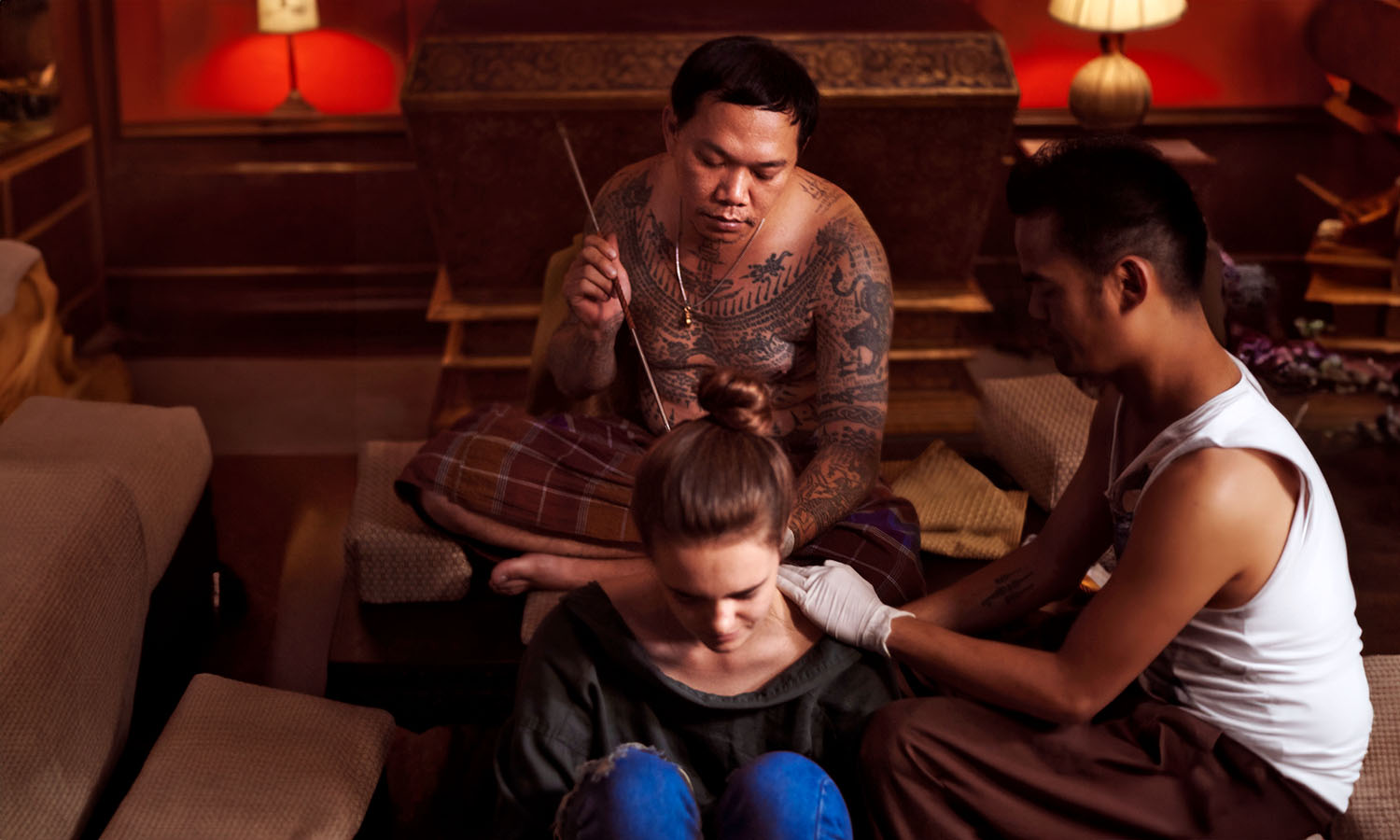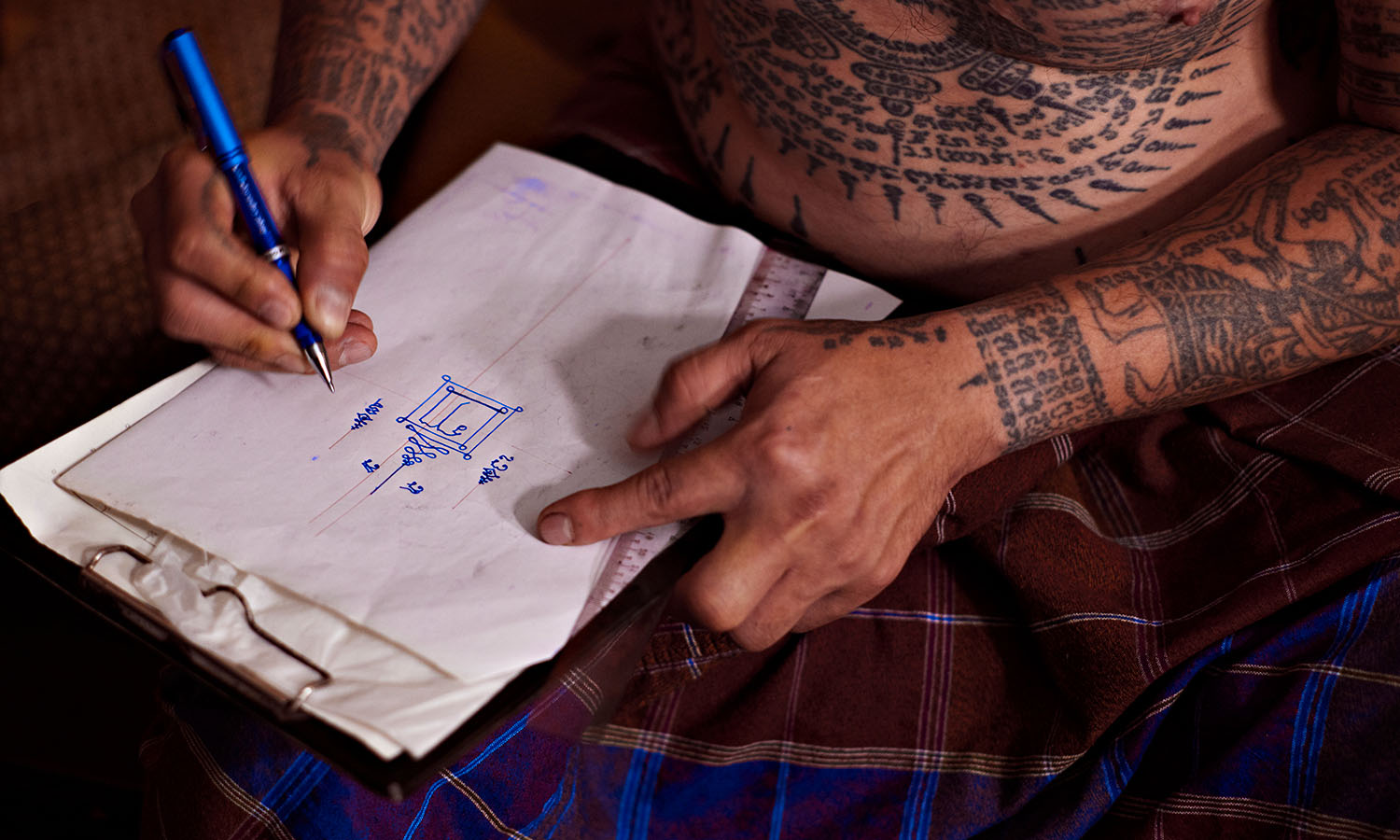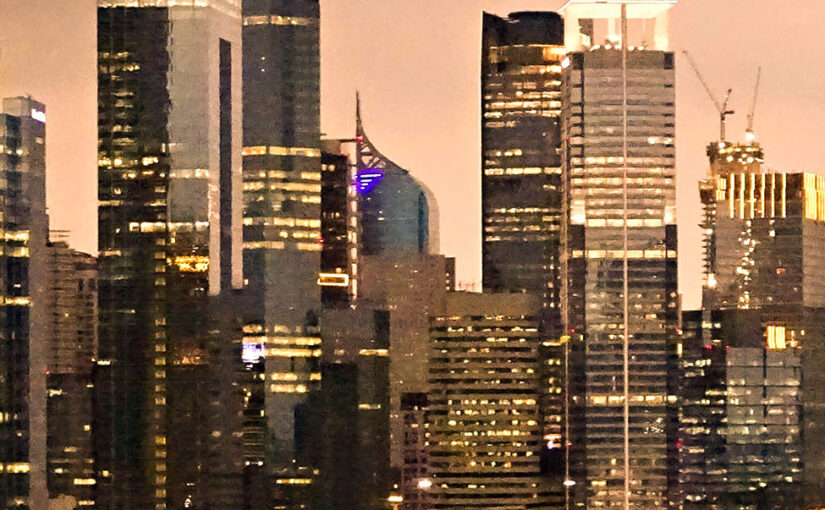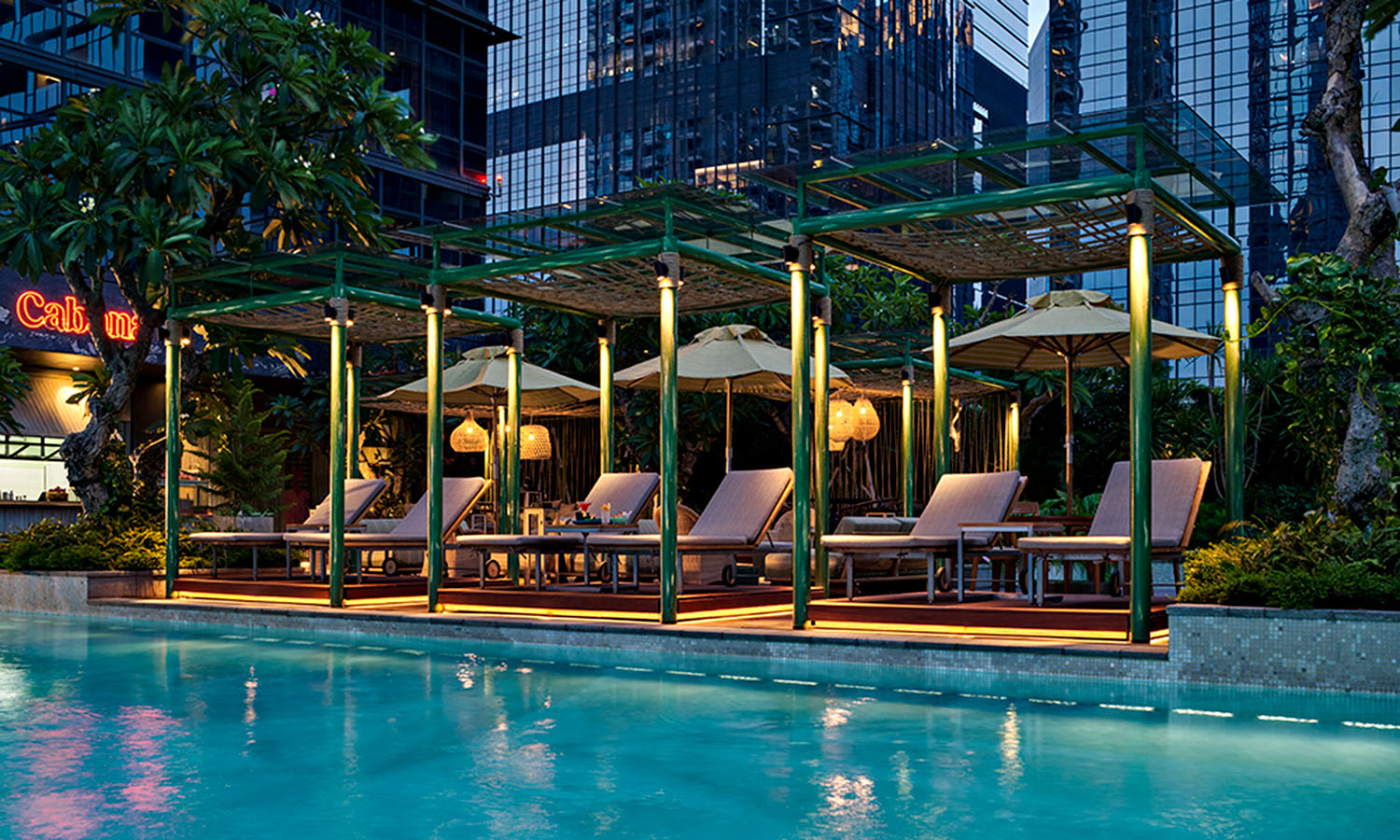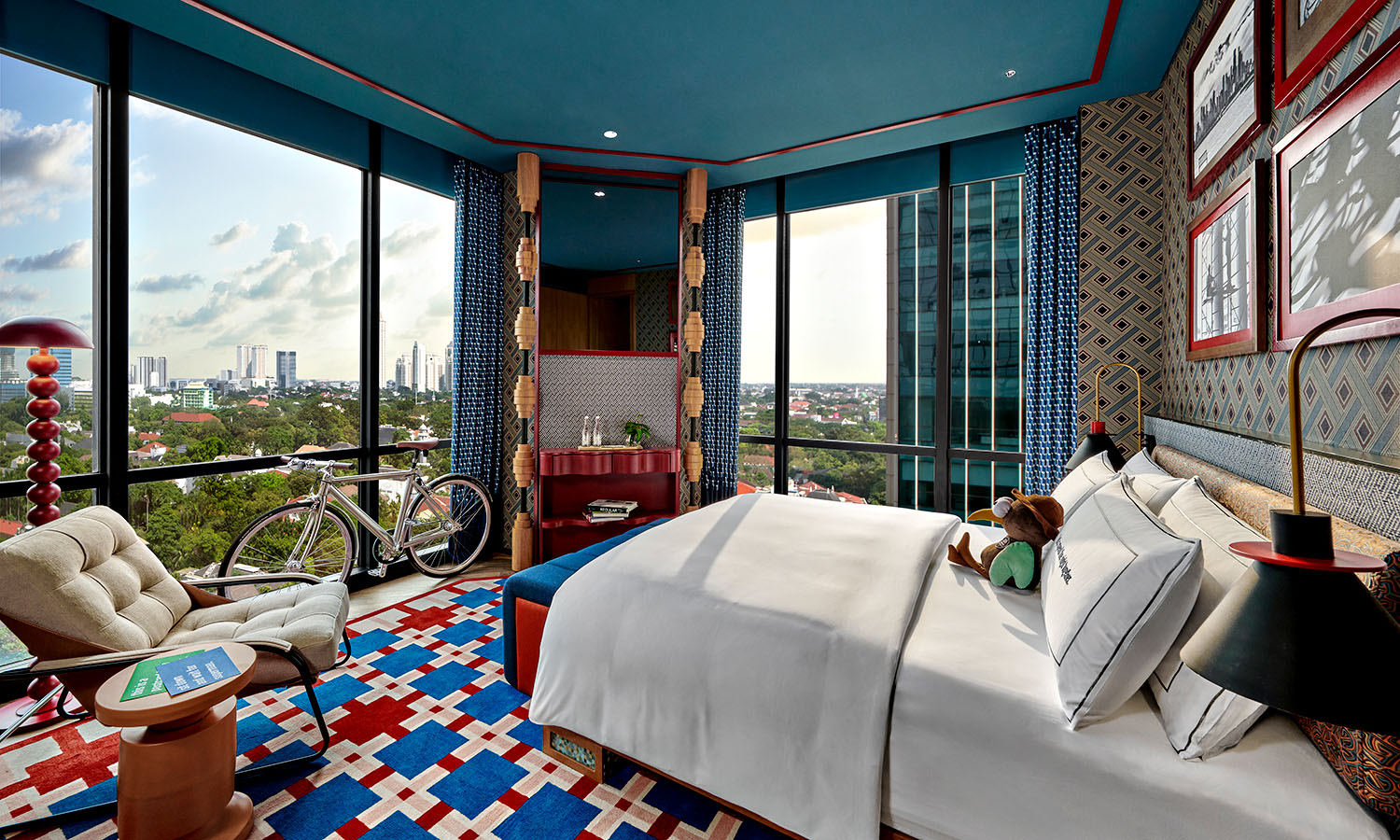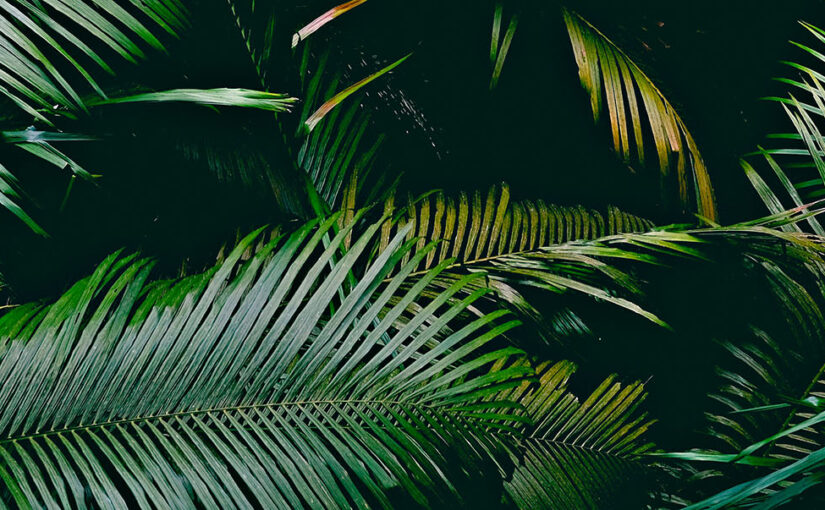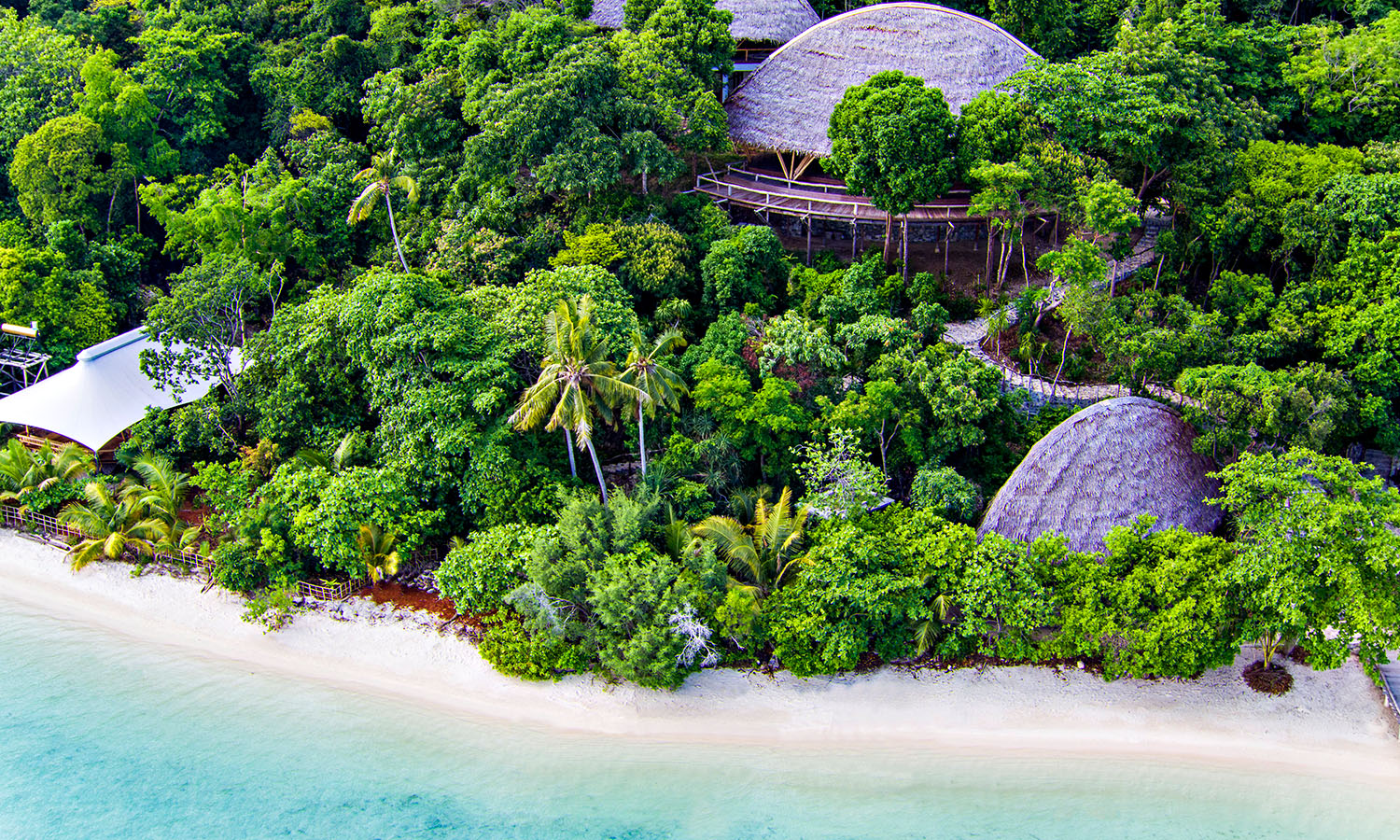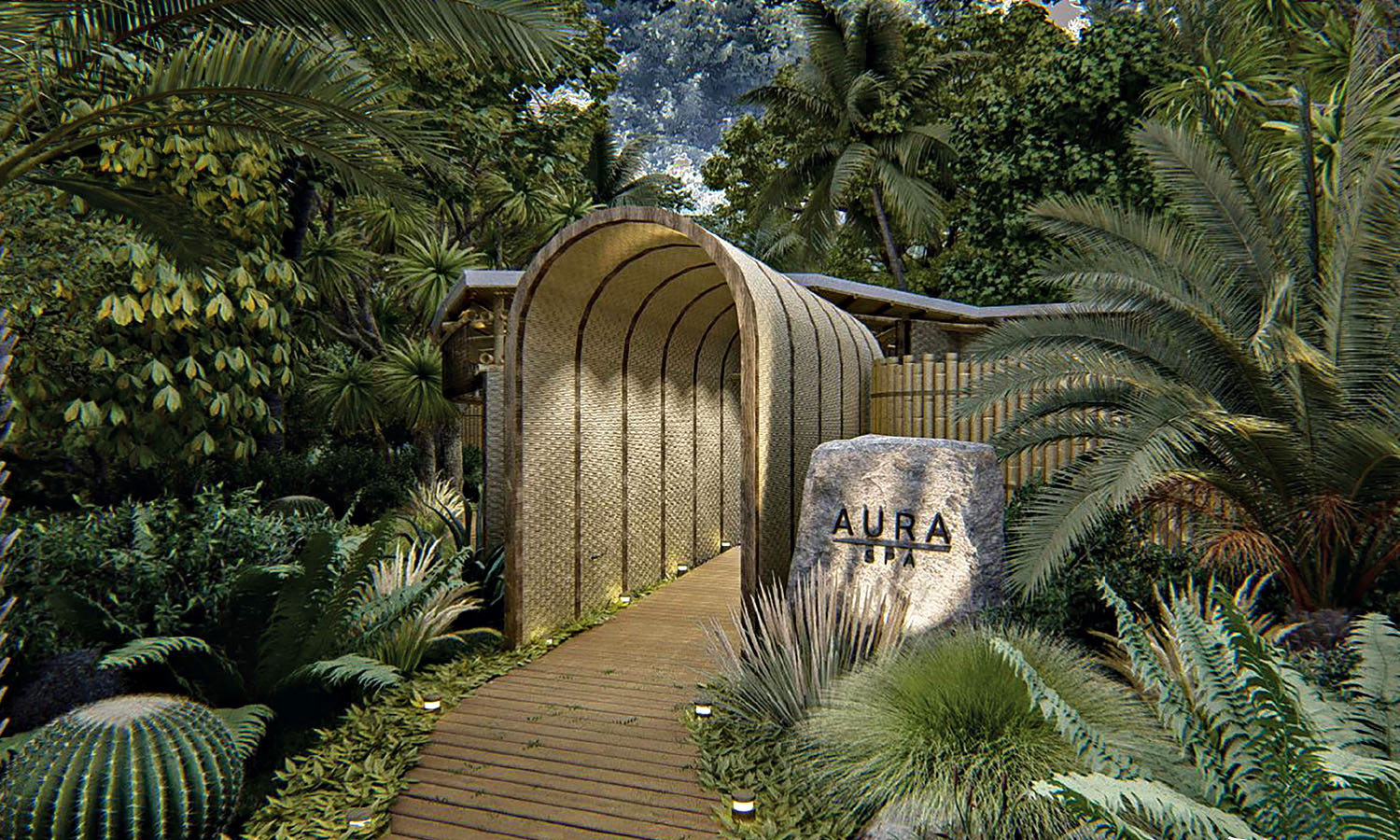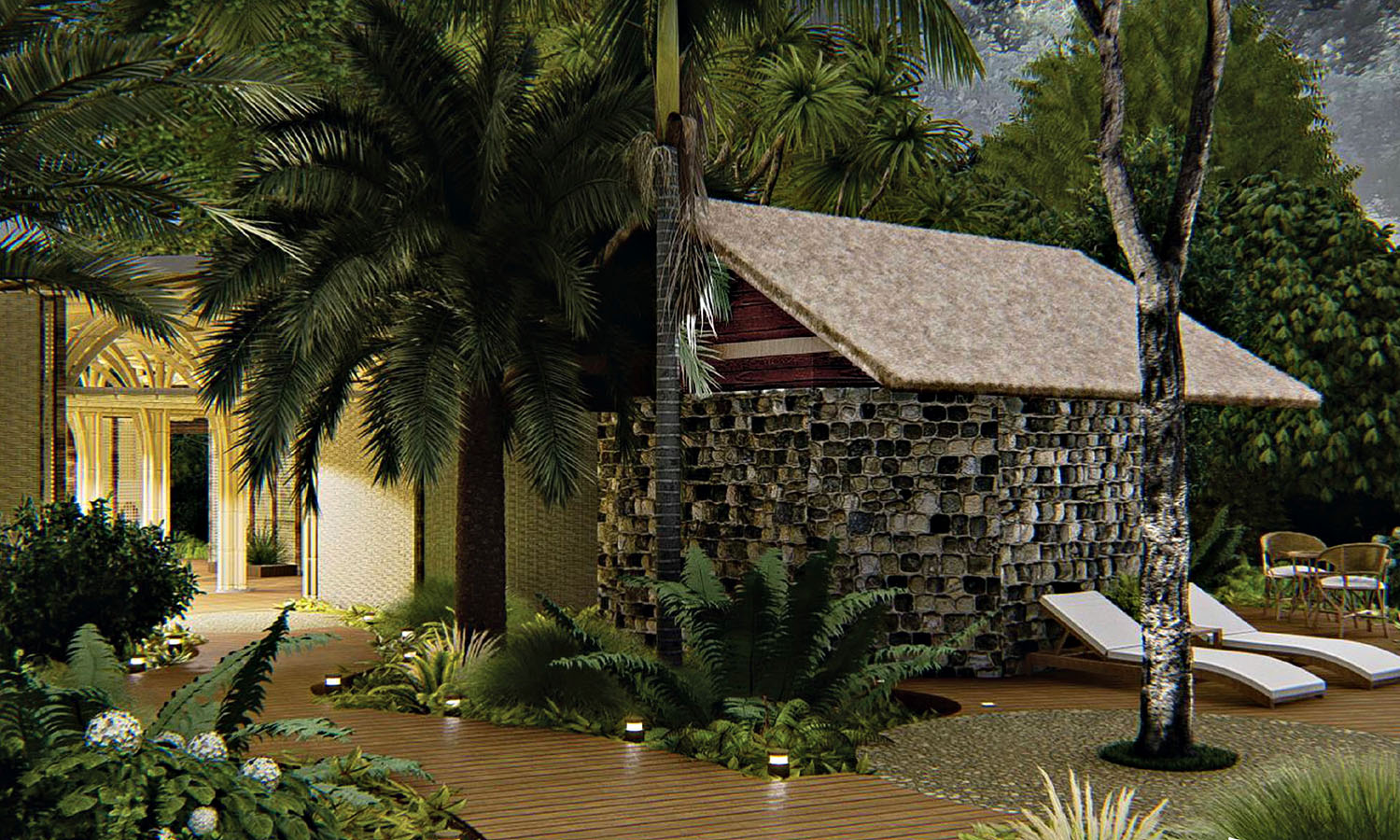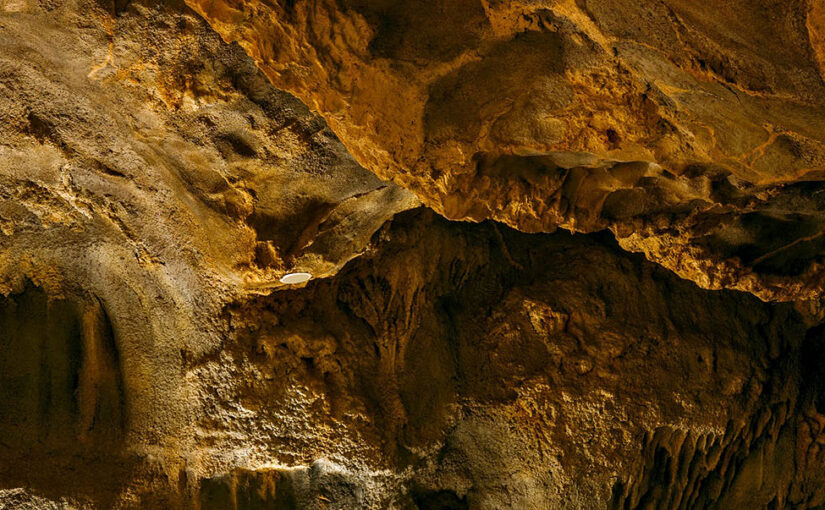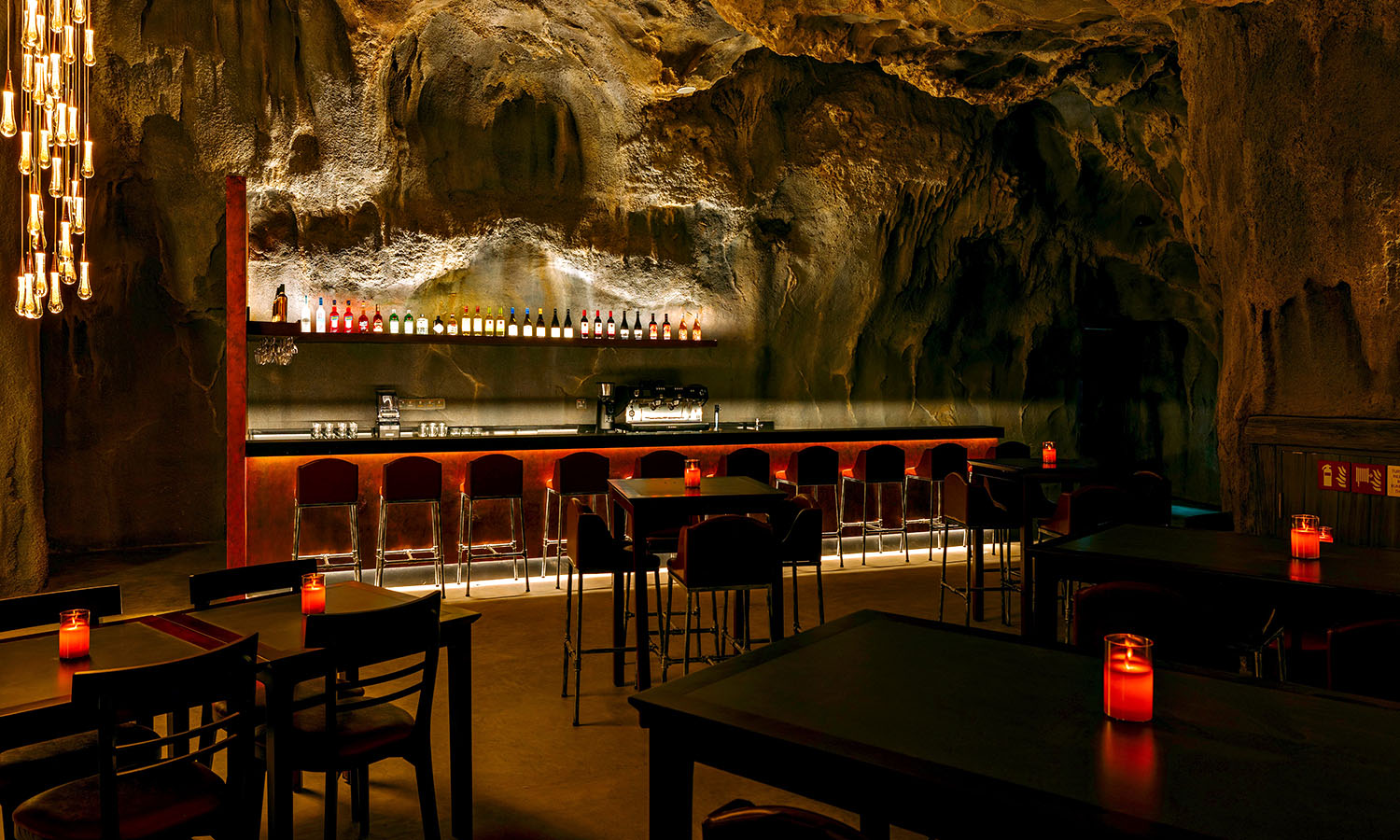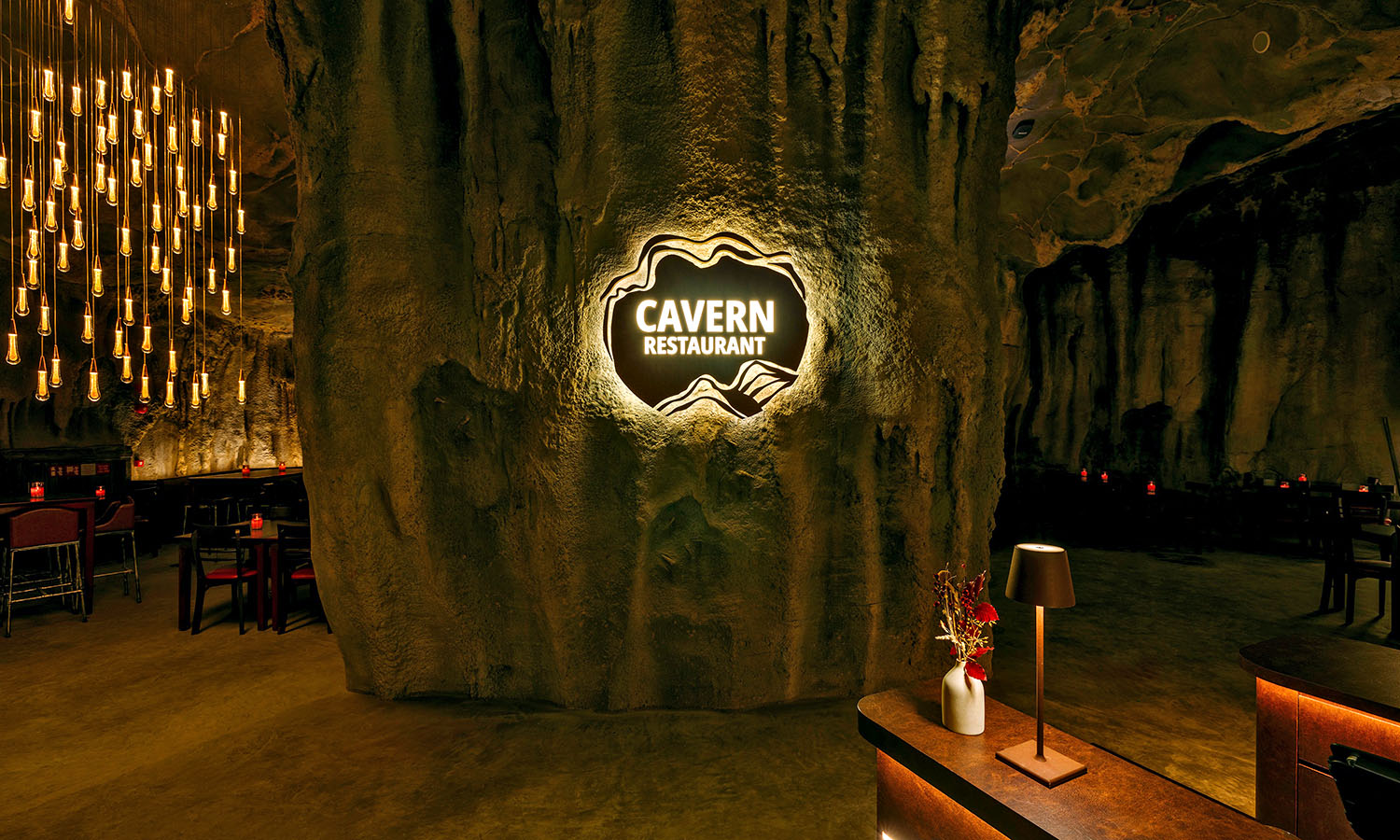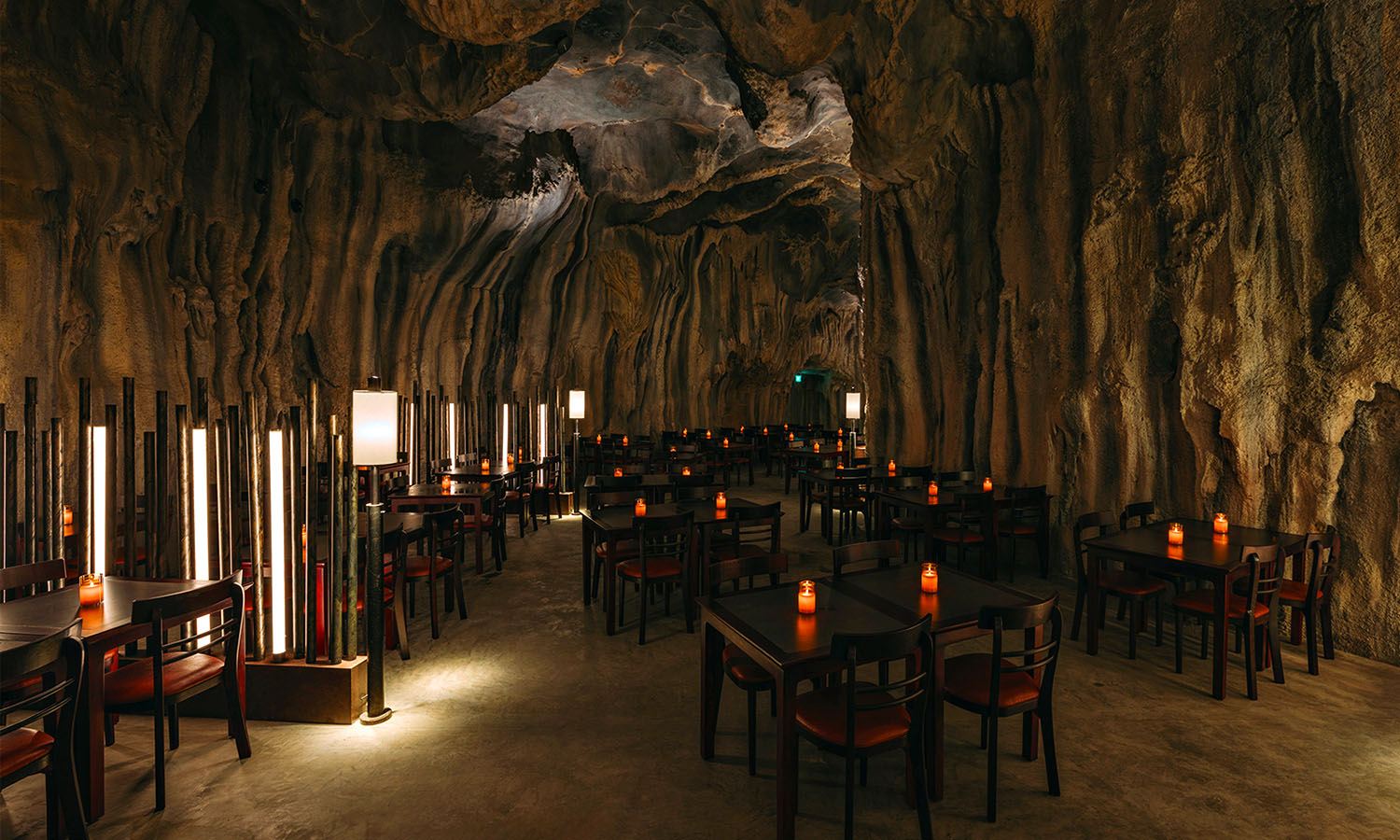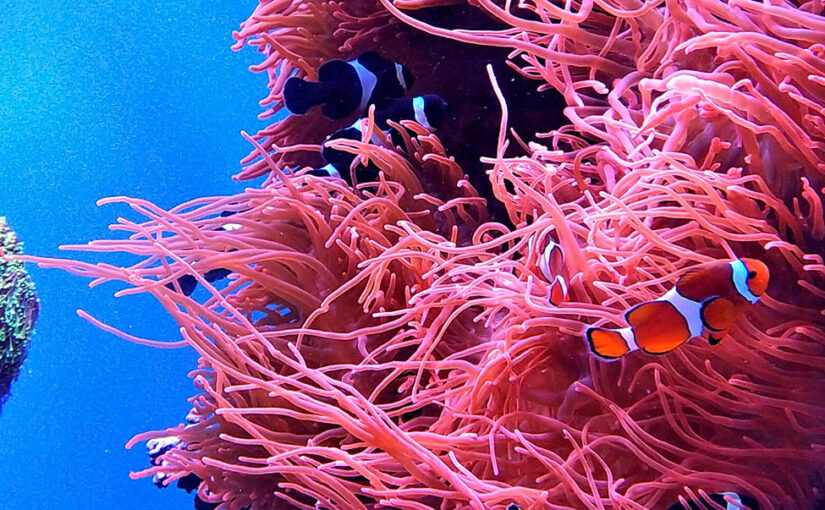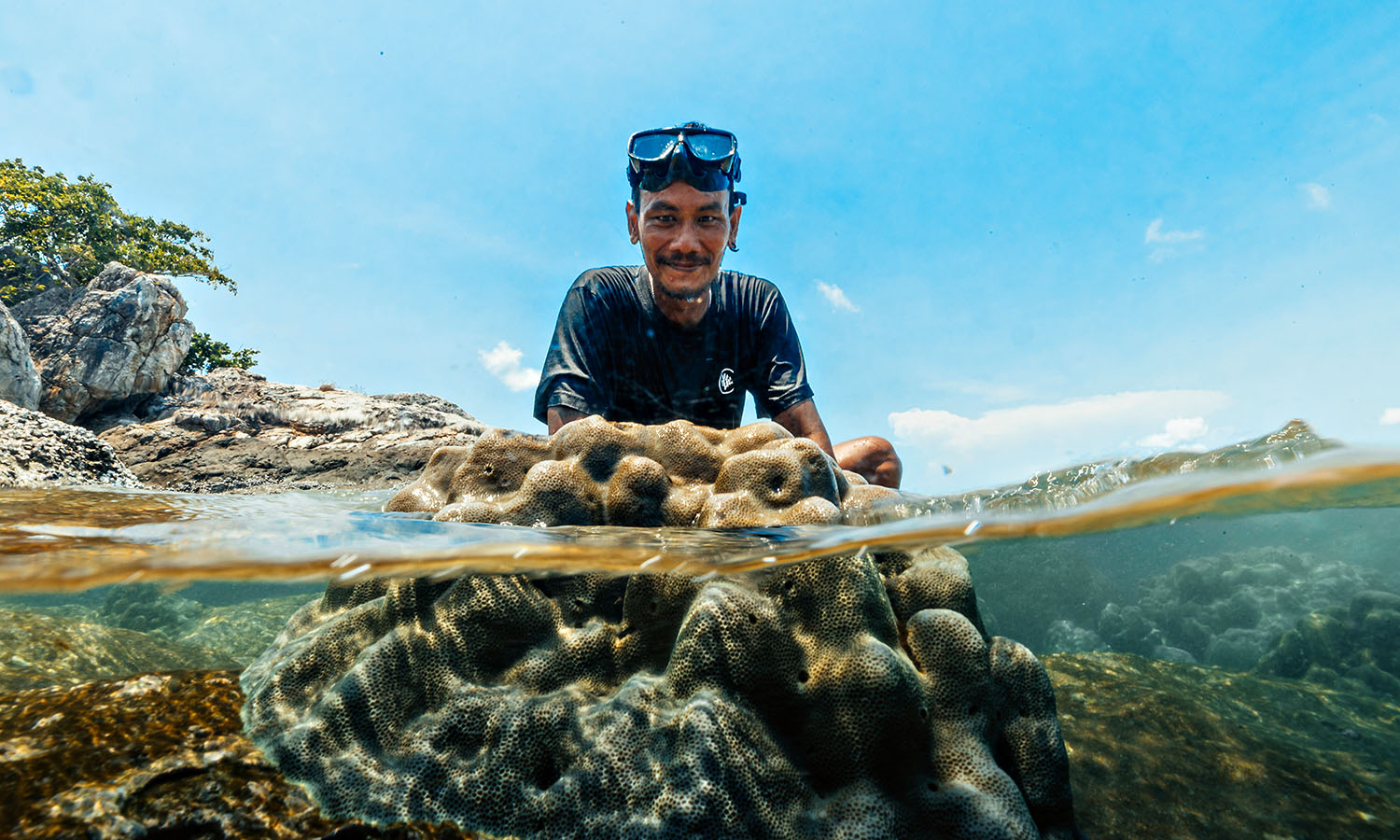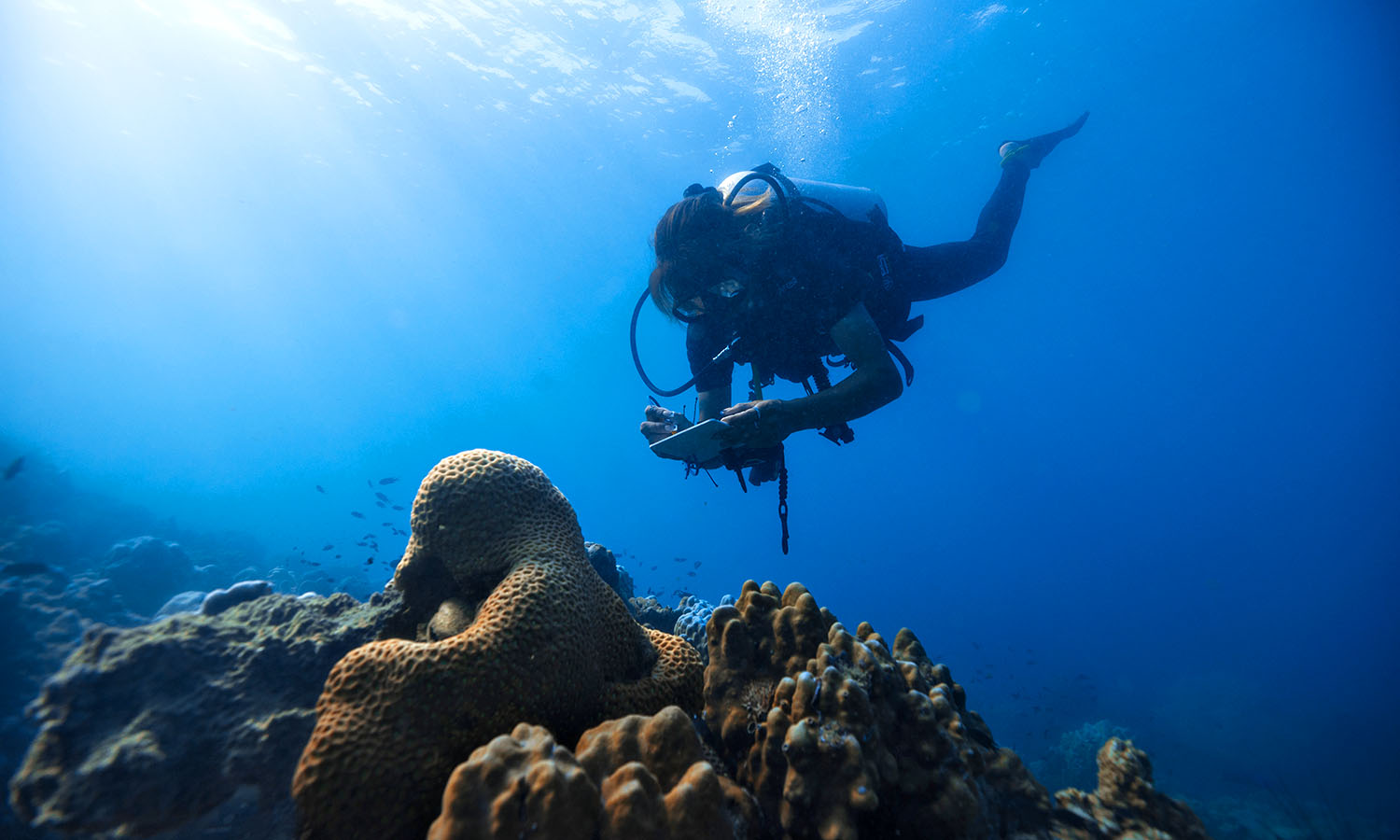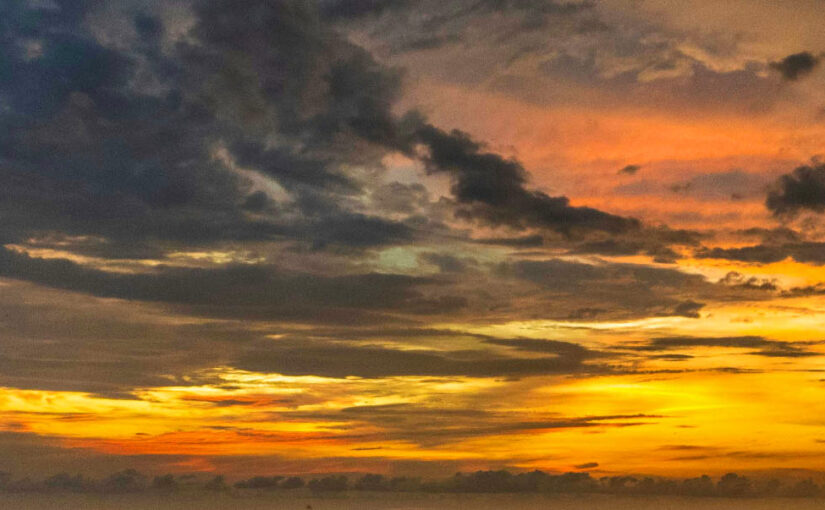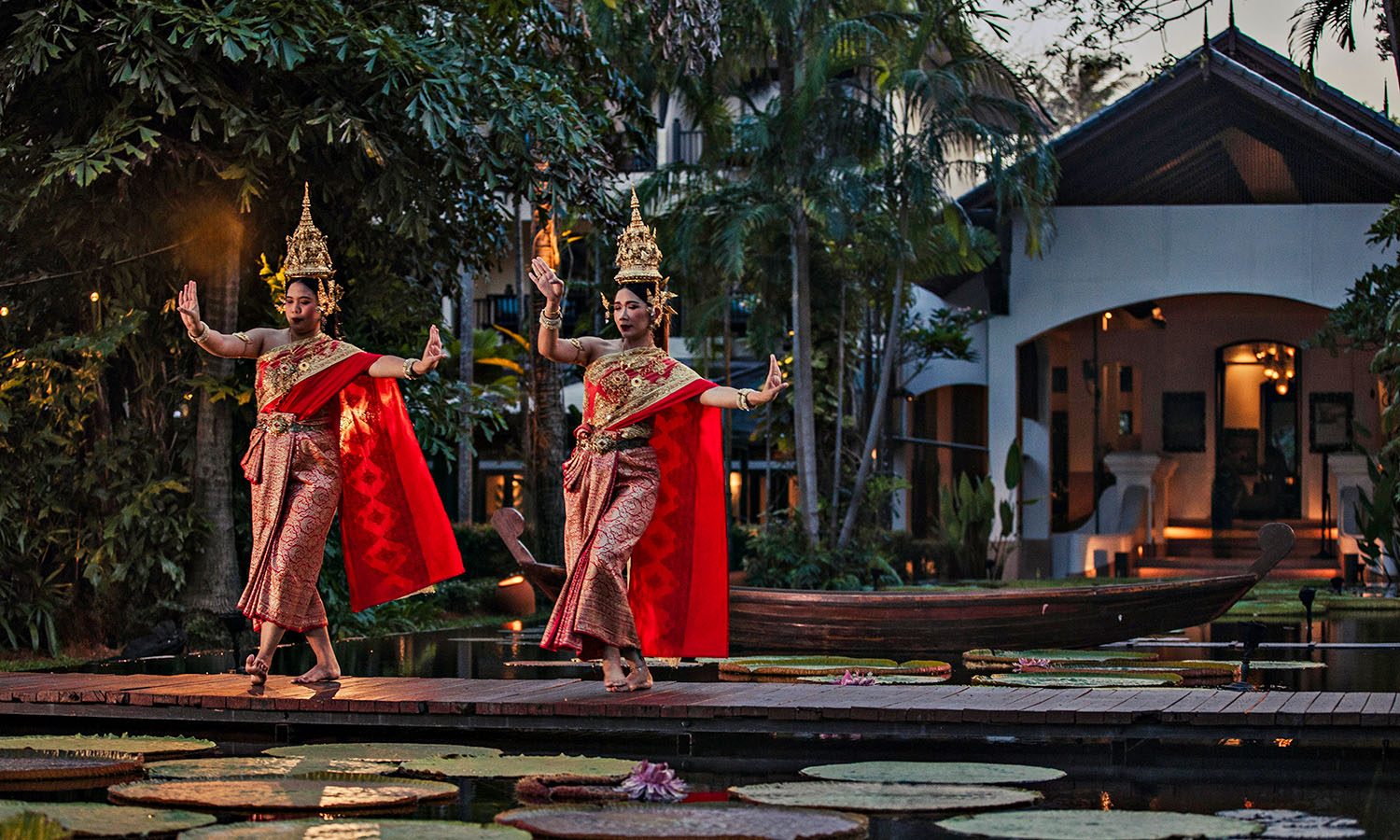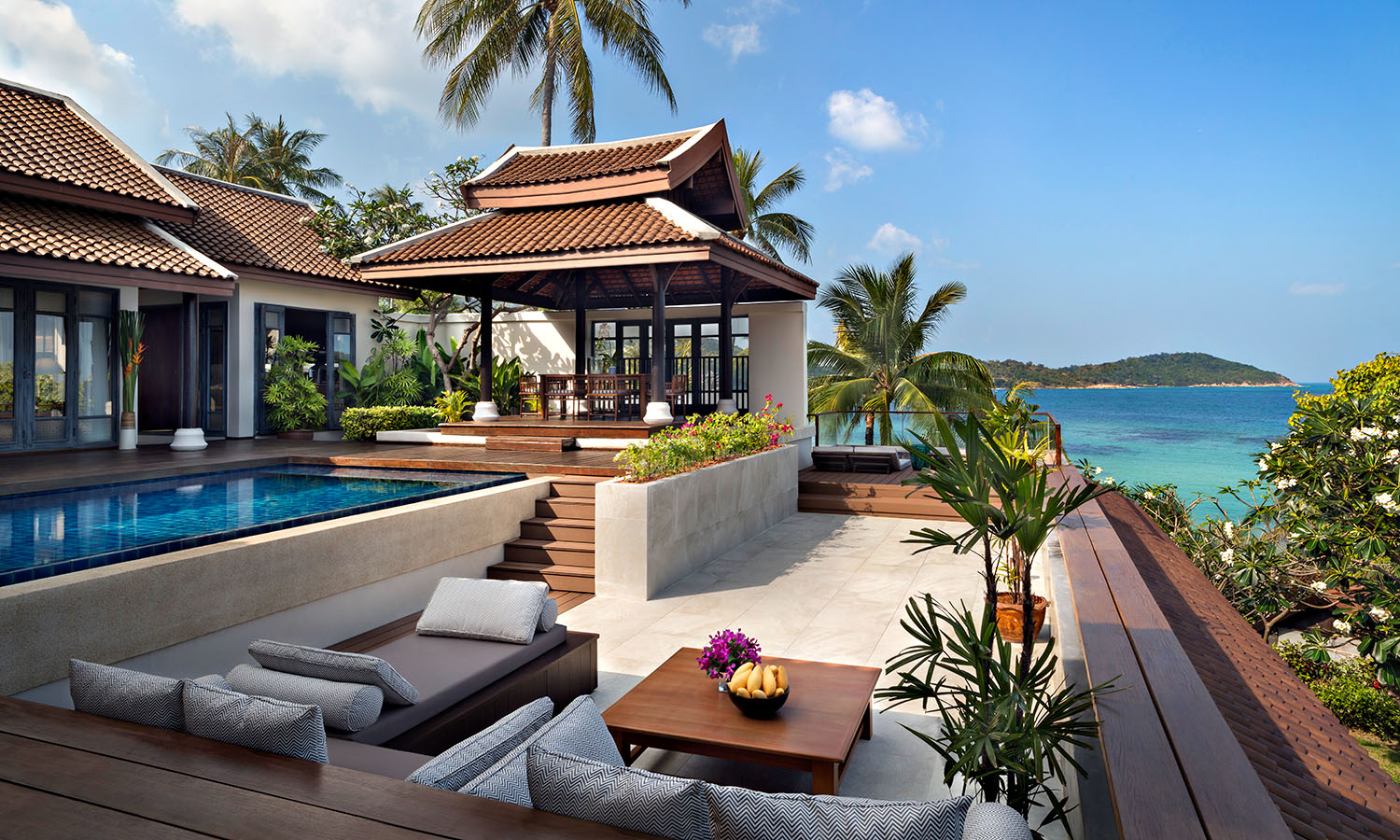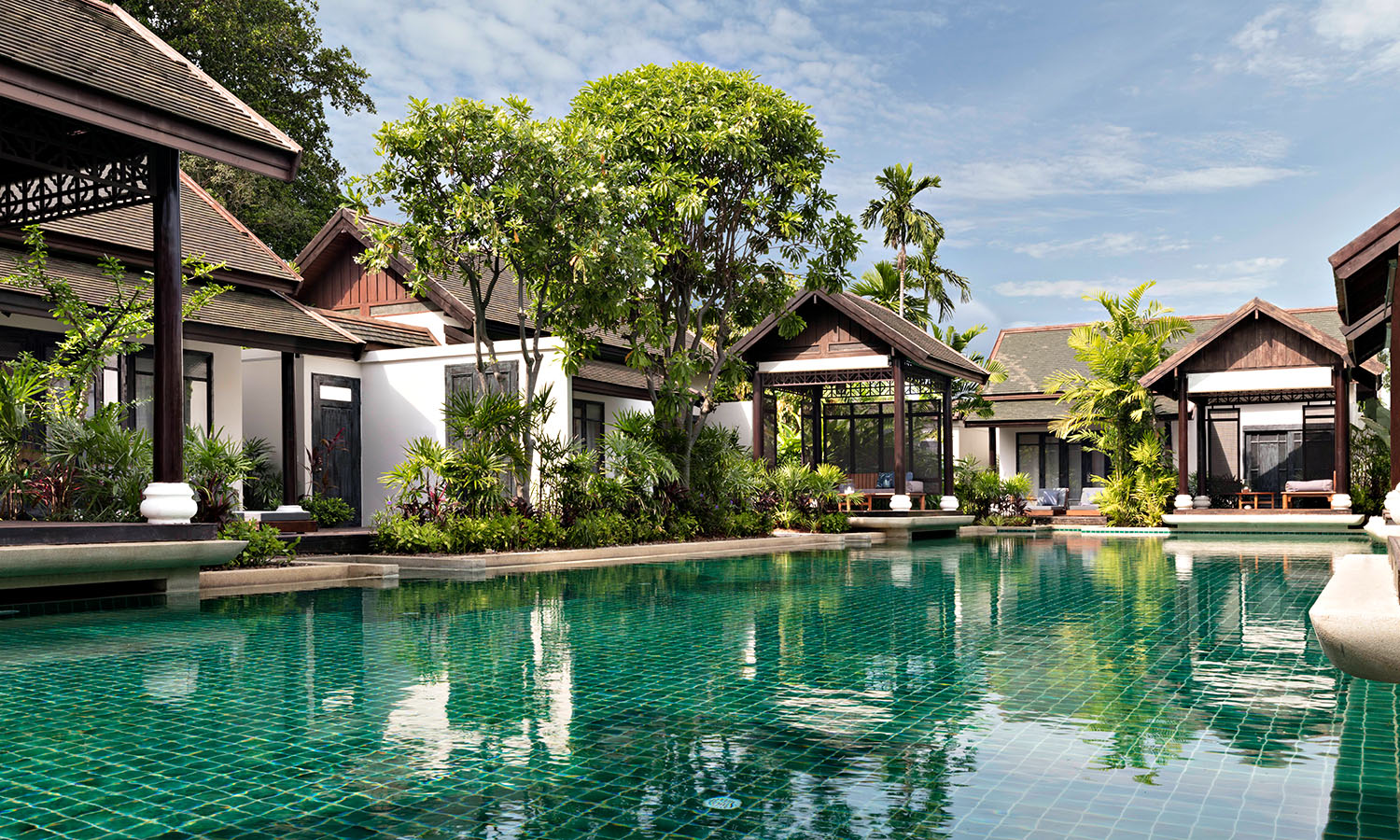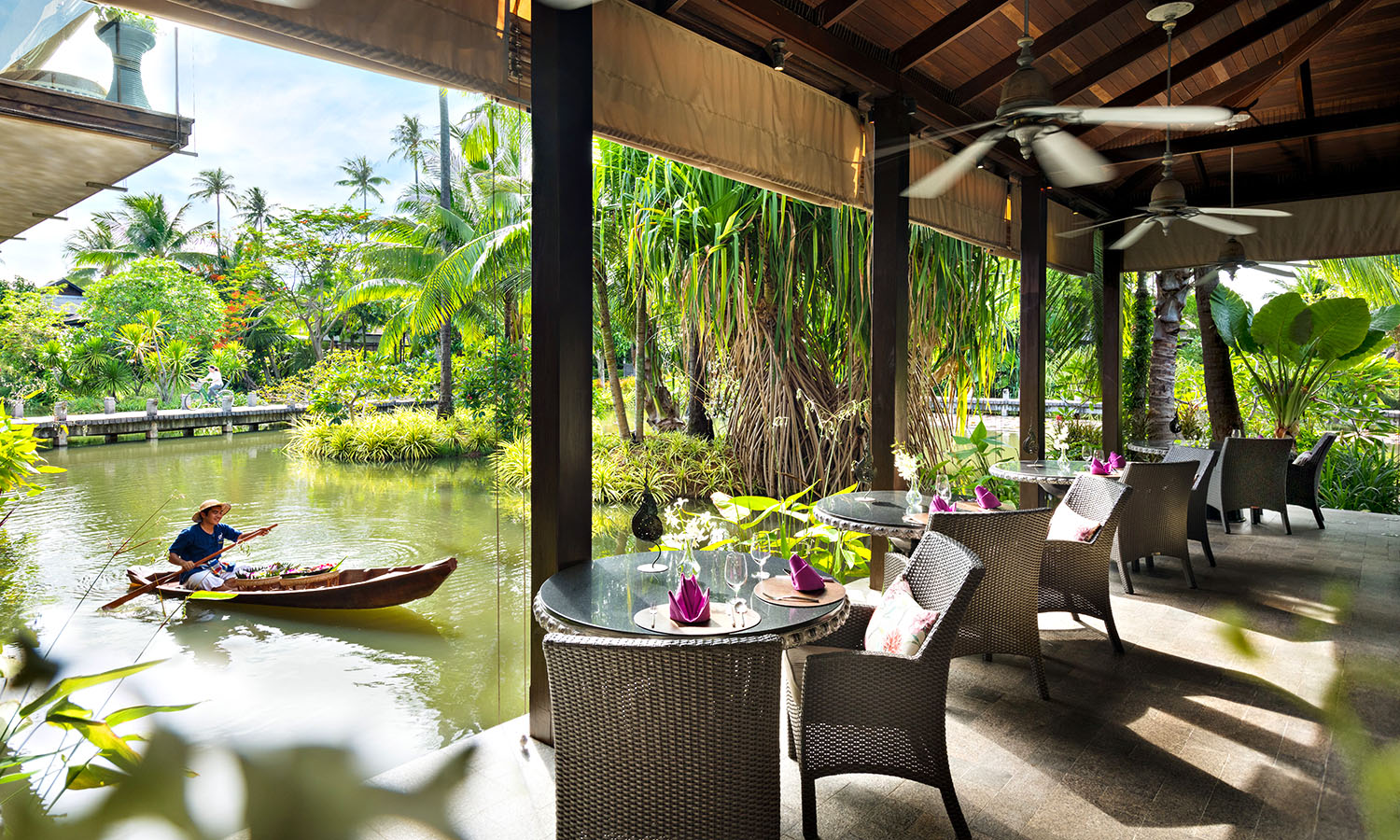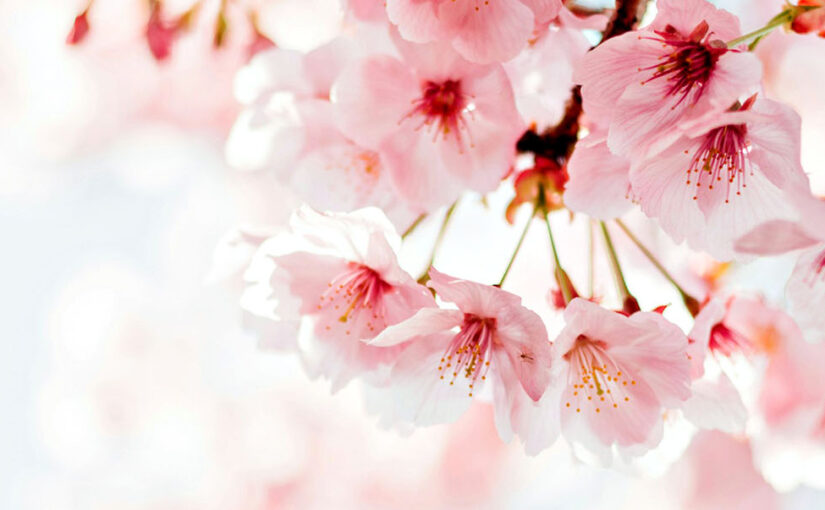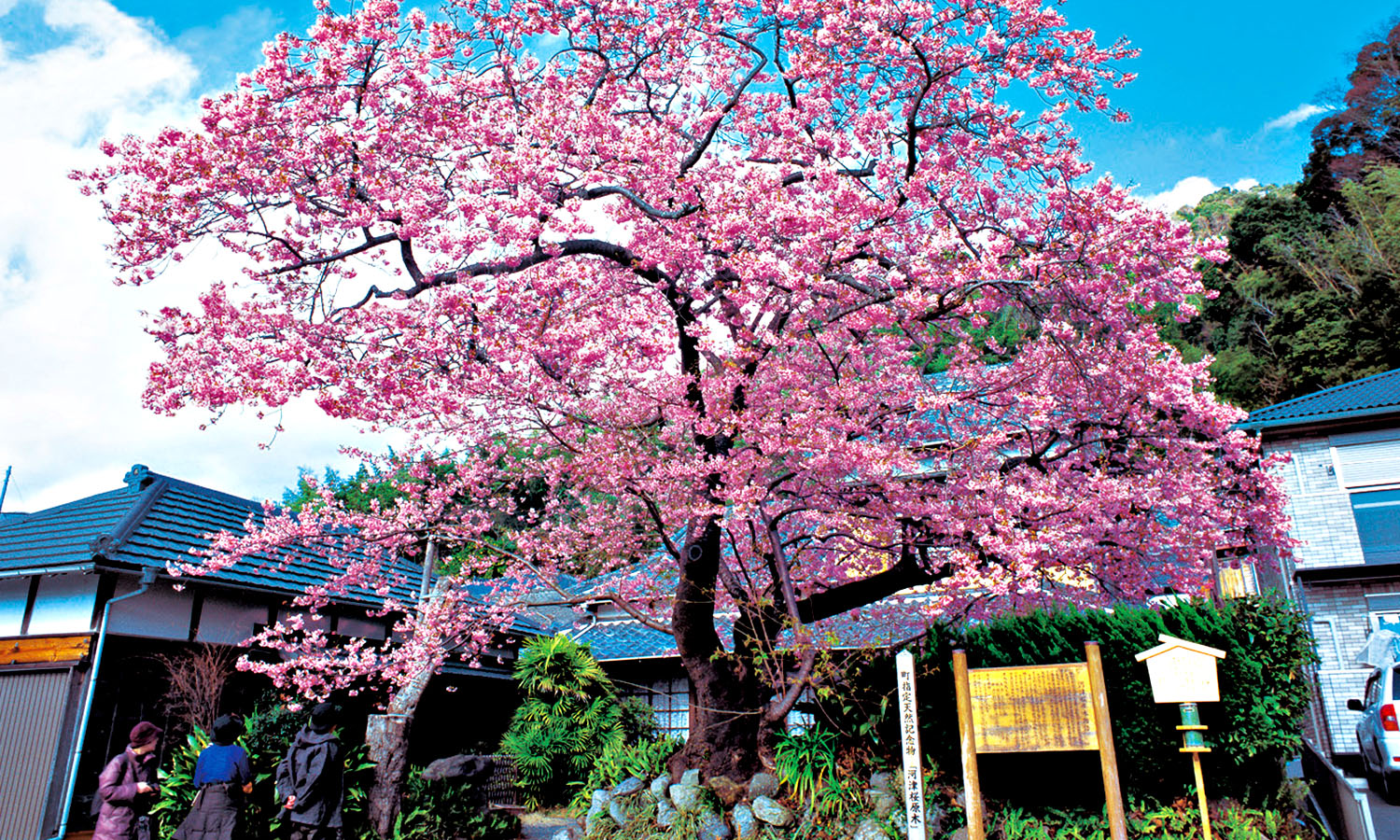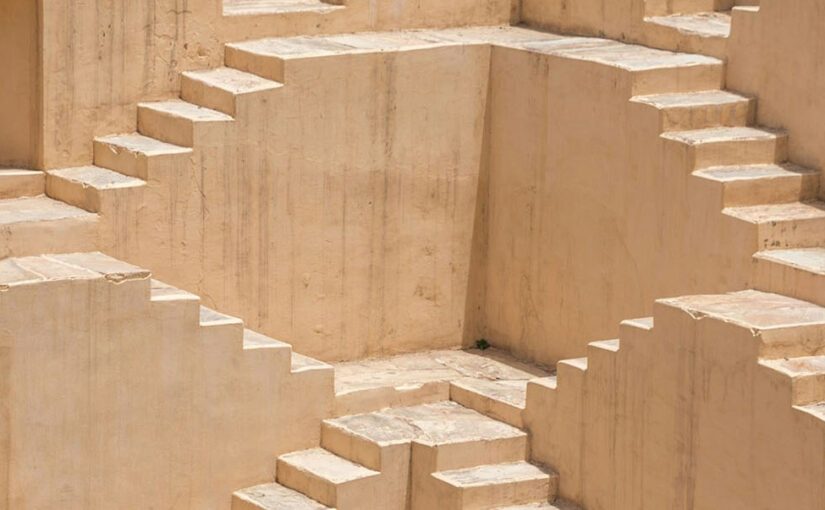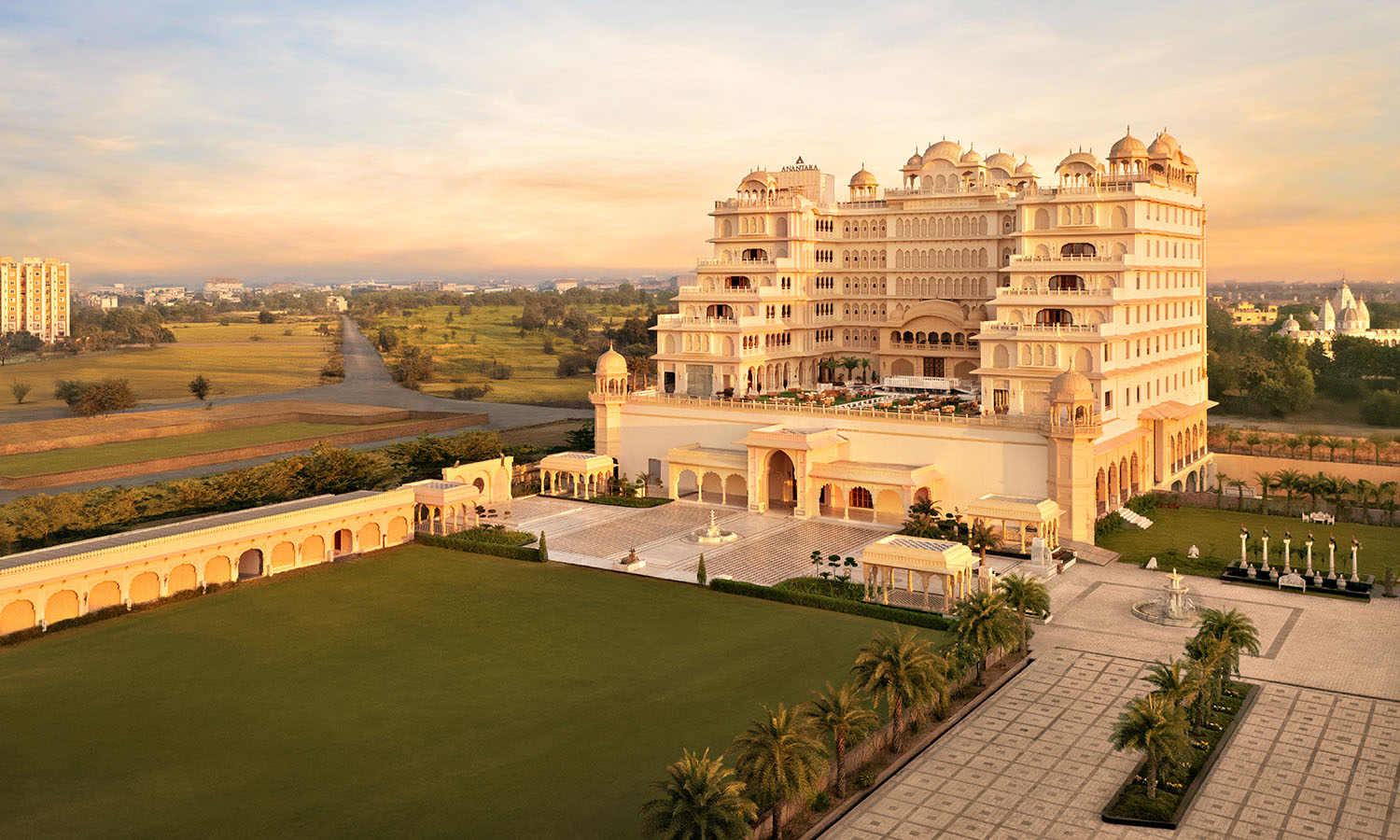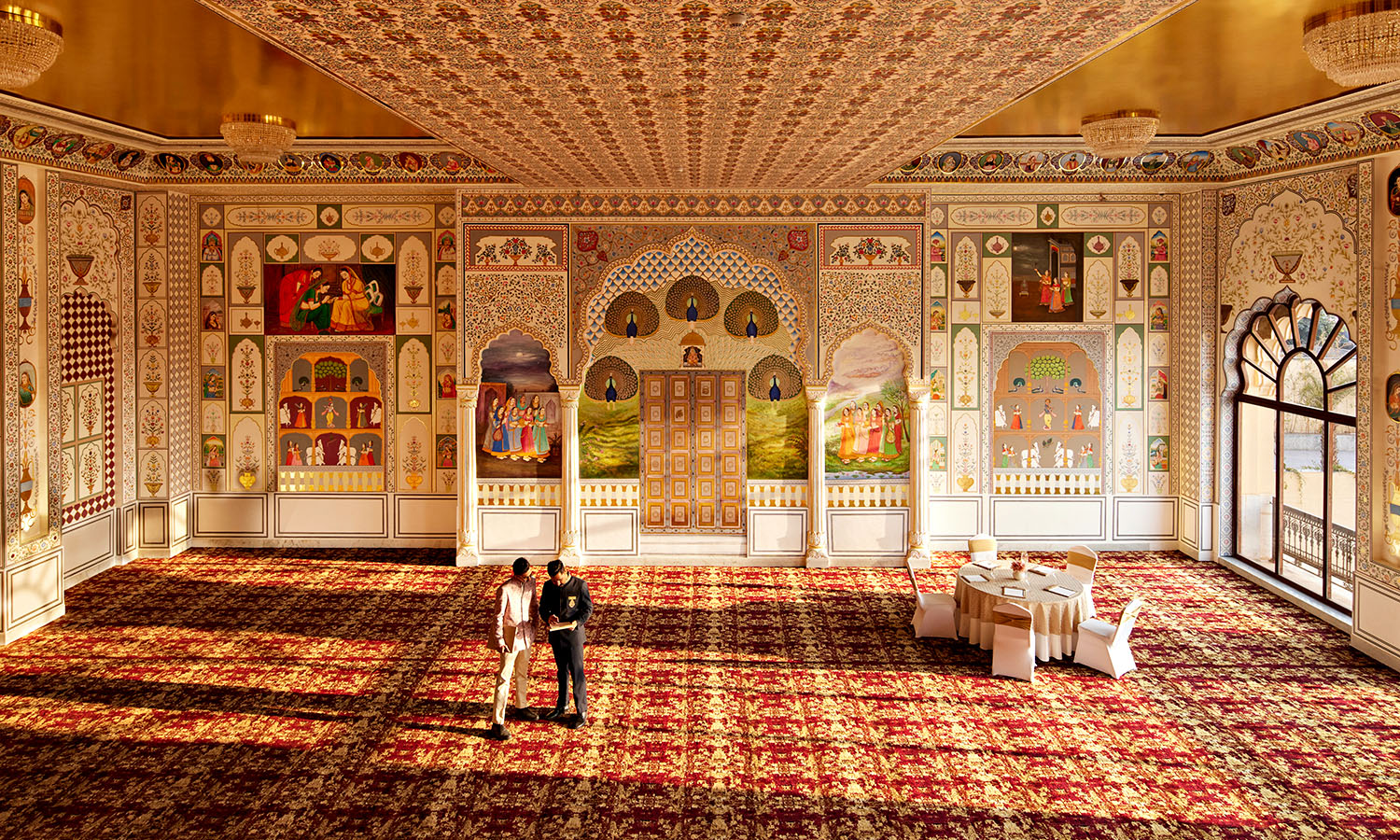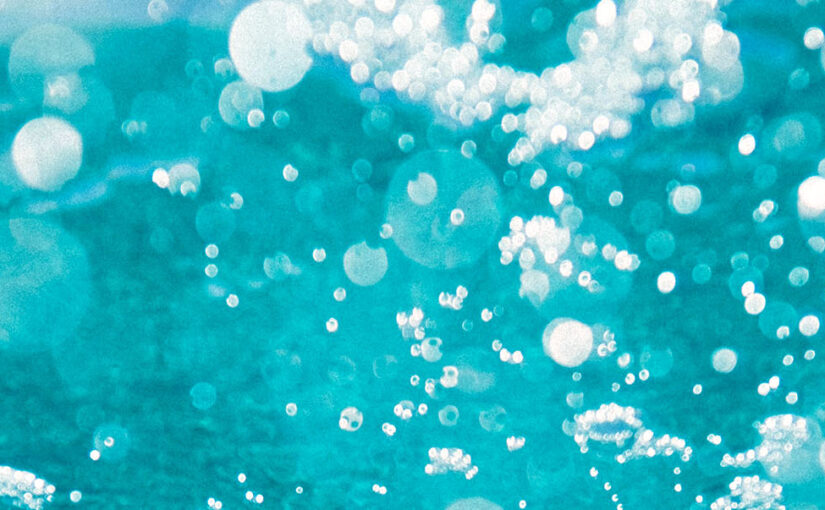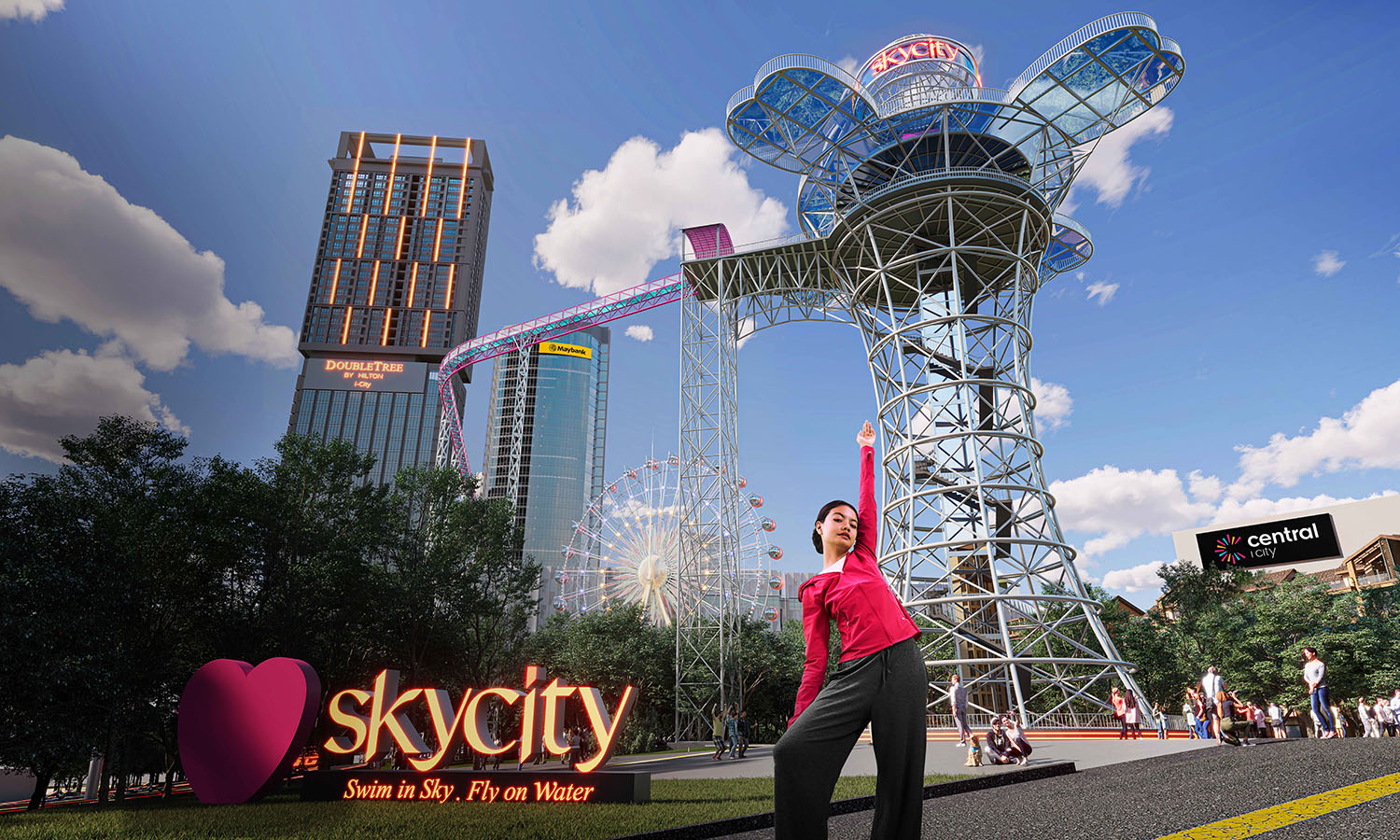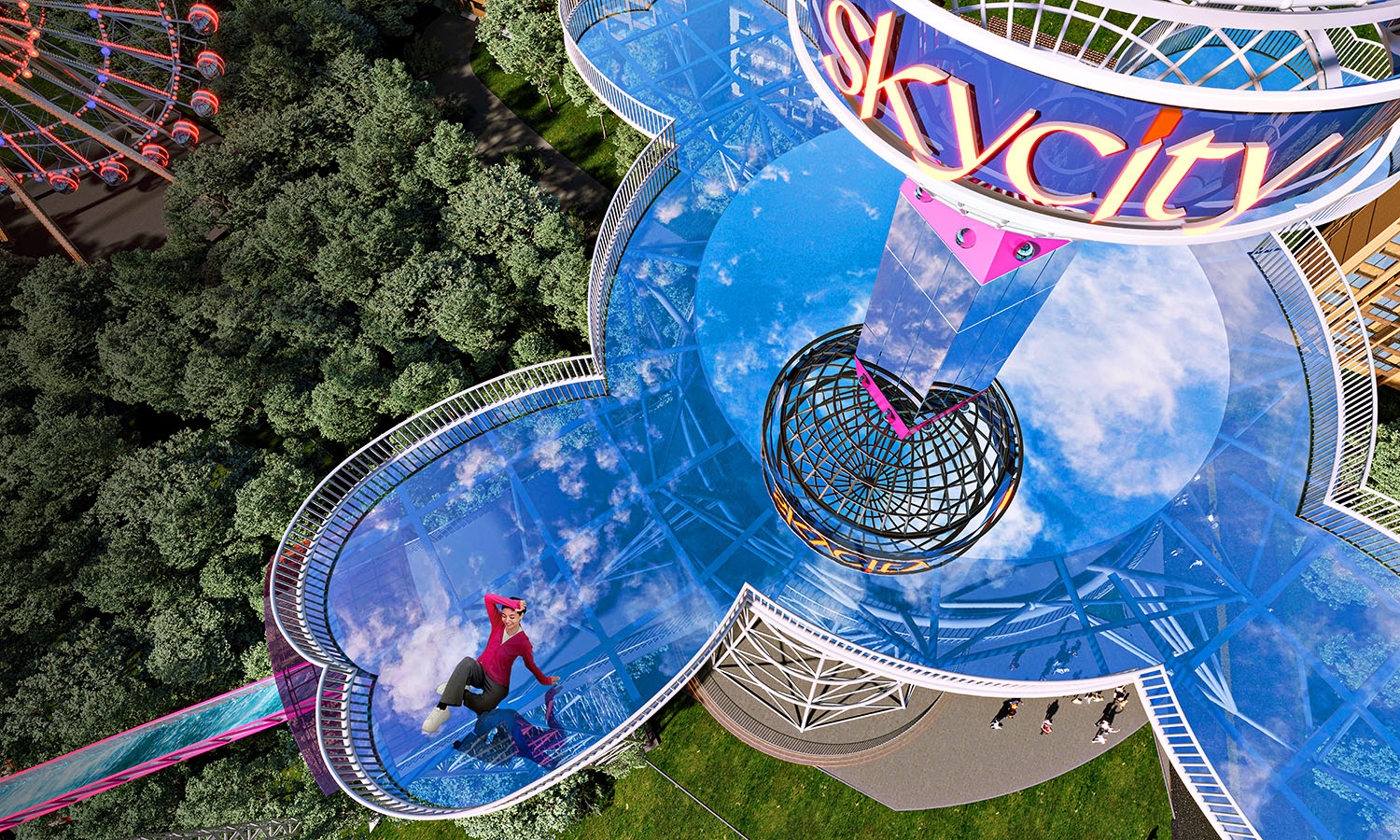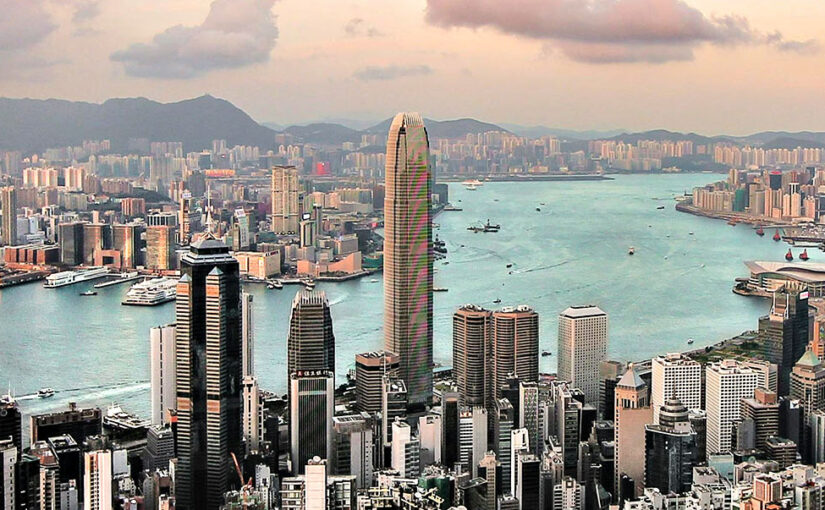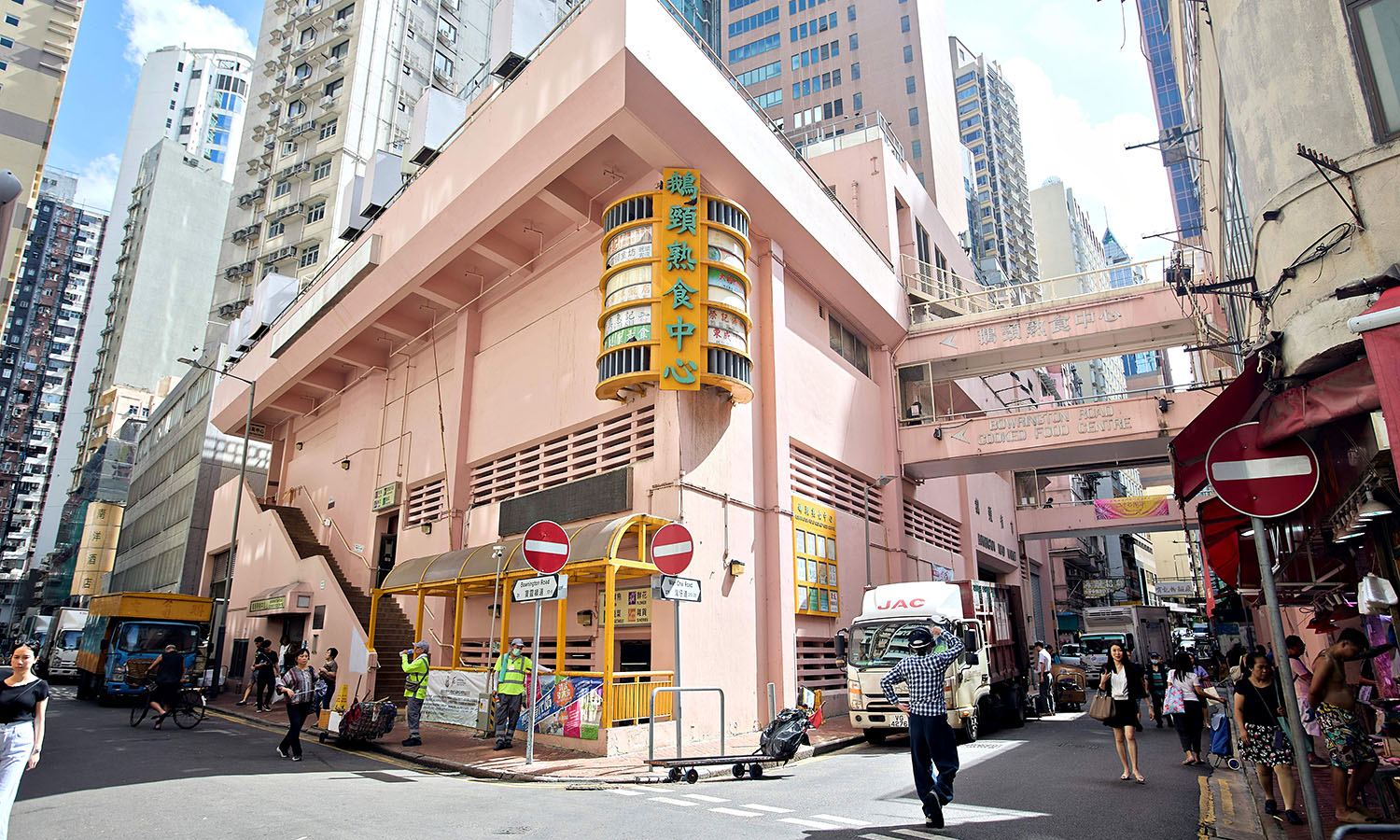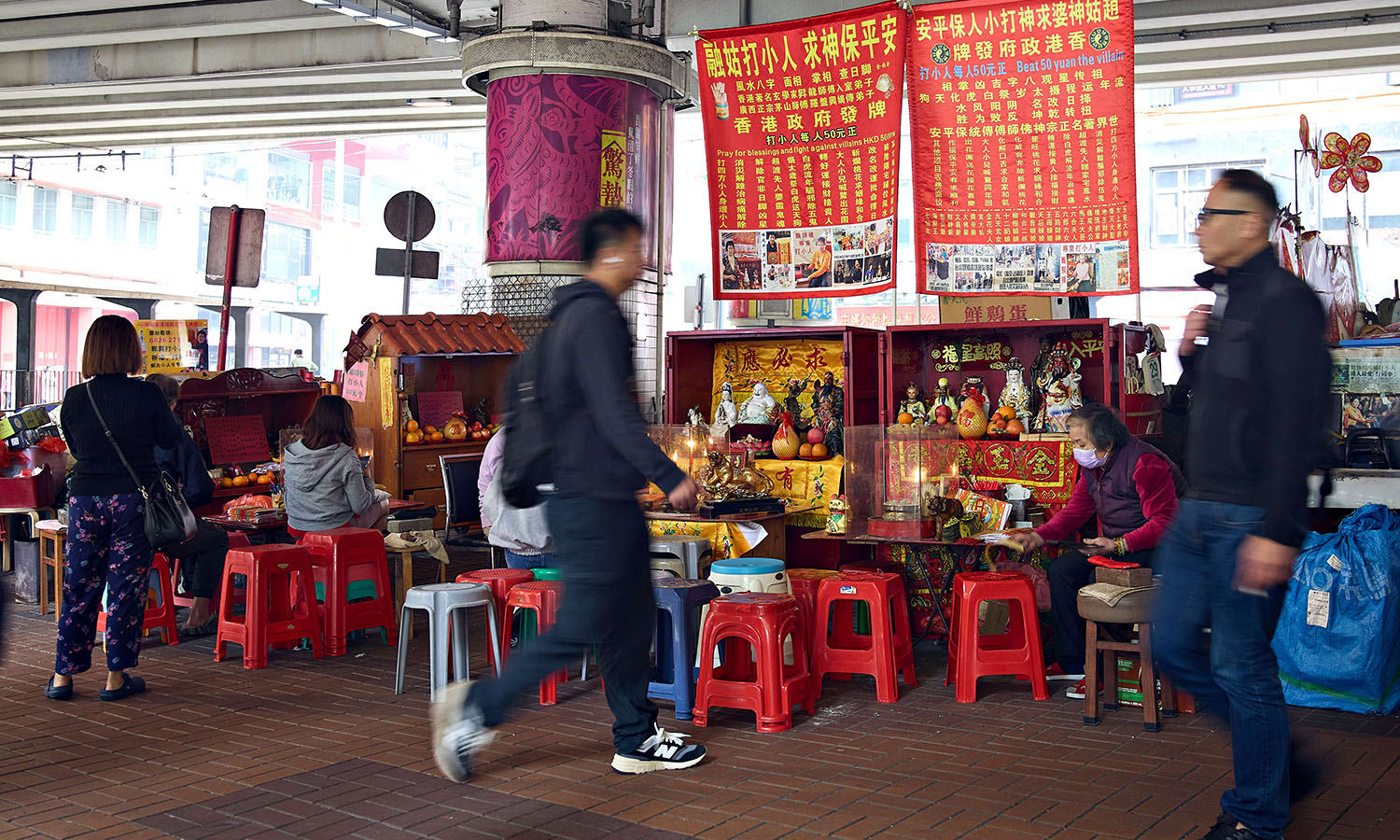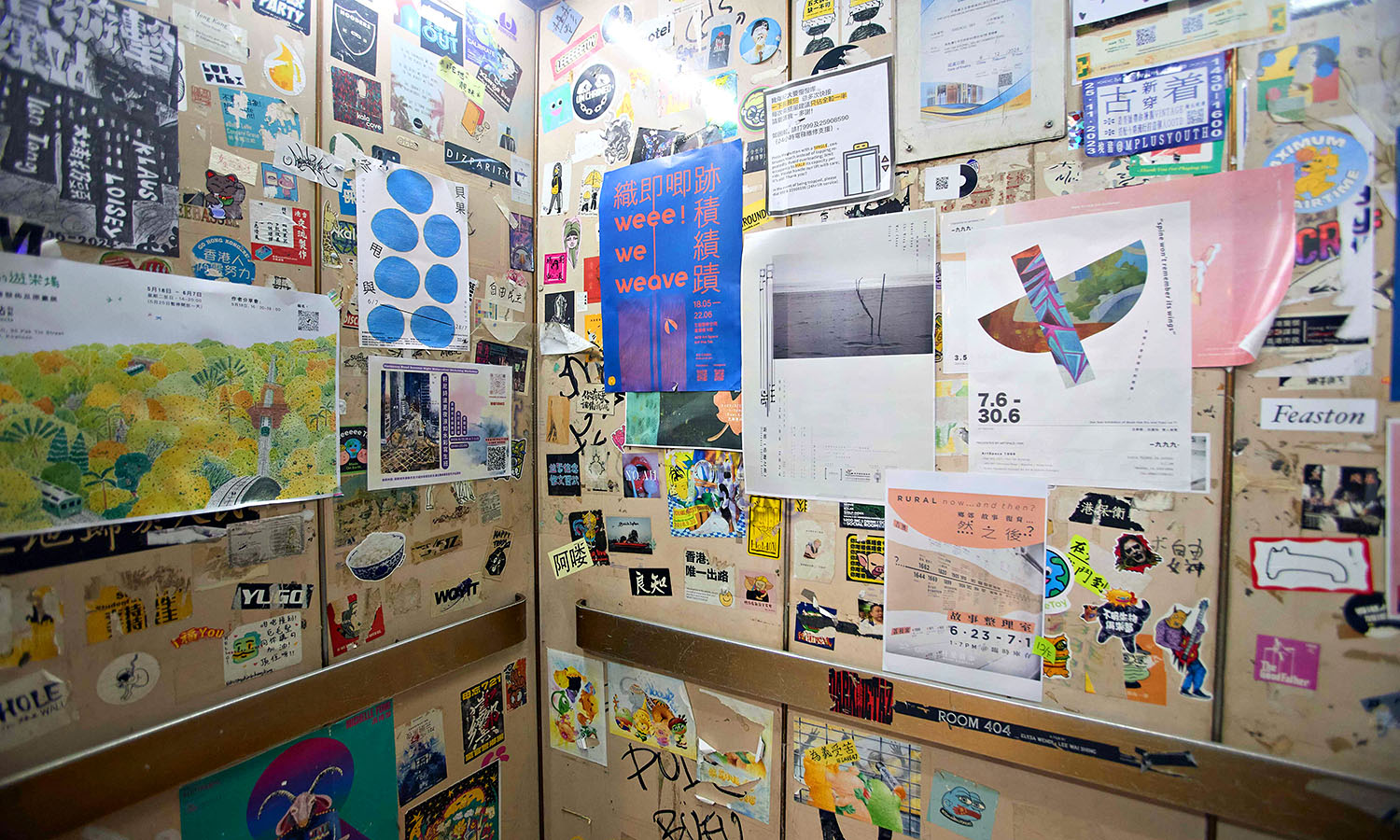Ever wanted to get a tattoo so exclusive, so spiritually powerful, that even Steven Seagal would nod in solemn approval? Well, Anantara Siam Bangkok has you covered, literally. The luxury hotel has teamed up with the legendary Arjan Neng, the go-to Sak Yant master for A-listers, to offer an experience that’ll leave you with a tattoo, an ancient blessing and some serious mystic coolness.
Forget your run-of-the-mill, “I got this in Khao San Road after way too many Singha’s” ink job. Sak Yant is the real deal: an ancient Thai tradition where sacred symbols are etched into your skin with a steel needle (Khem Sak, if you’re feeling fancy) while Buddhist prayers and mantras are chanted over you. Protection? Check. Good fortune? Double-check. A guaranteed icebreaker at parties? You bet.
Arjan Neng, whose past clientele includes Brooke Shields, Ryan Phillippe, and yes, the one and only Seagal, personally consults with each guest to determine which design best suits their spiritual needs.
Whether you opt for the classic inked Sak Yant, the invisible oil version (because stealth magic is a thing), or just a blessing without the commitment, this is more than just body art.
Starting at THB 20,000++, this exclusive experience is available by appointment only at Anantara Siam.
So, if you’ve ever wanted a tattoo that comes with divine backing, now’s your chance. Just be ready for the universe to take notice.
 (
(

